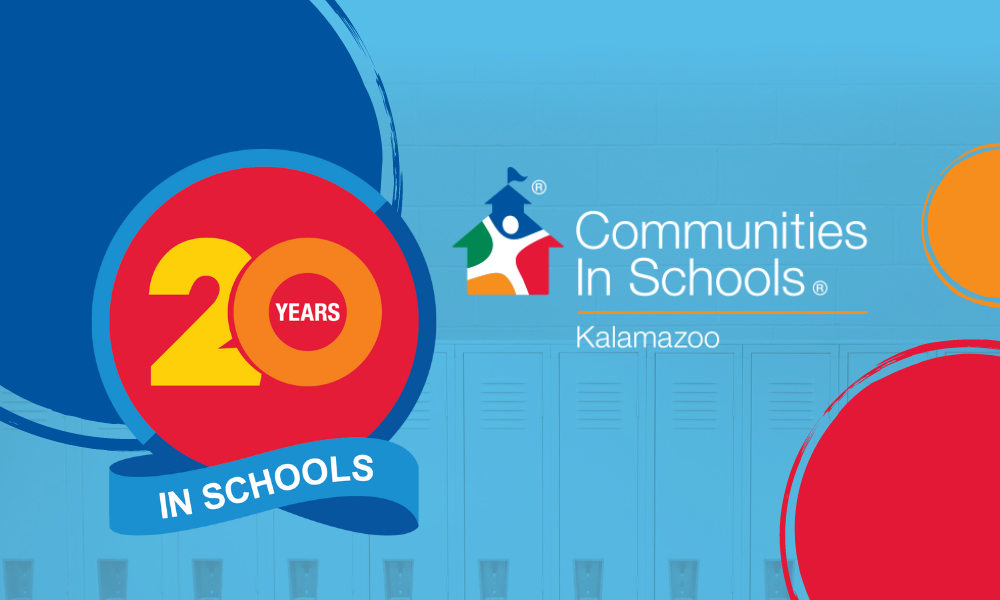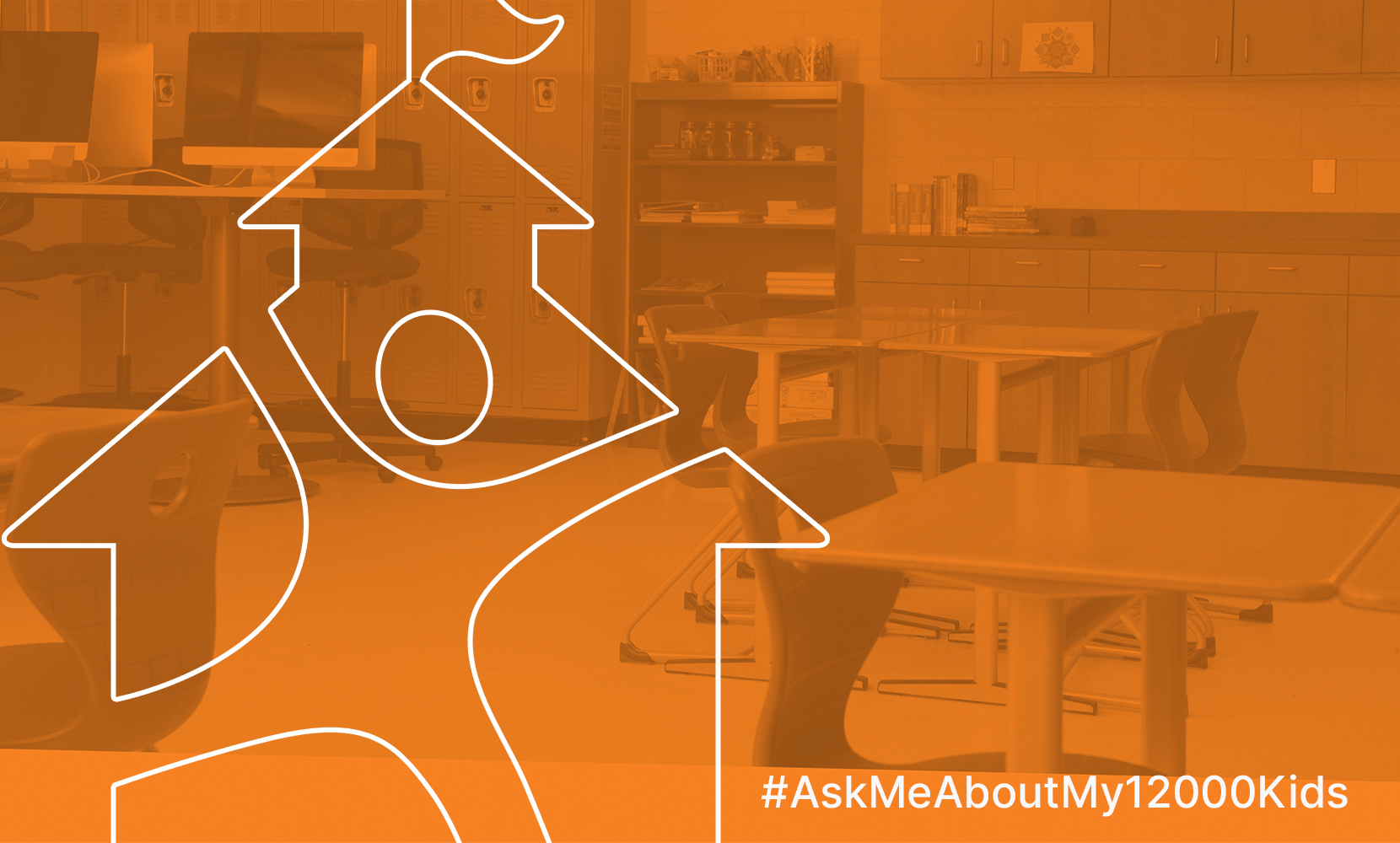 The majority of students today will be employed in jobs that haven’t even been invented yet. The predictions for this range anywhere from 65-85%. So what is a parent, a grandparent, an aunt or uncle to do? How can we prepare our kids for life and work in these increasingly uncertain and rapidly changing times?
The majority of students today will be employed in jobs that haven’t even been invented yet. The predictions for this range anywhere from 65-85%. So what is a parent, a grandparent, an aunt or uncle to do? How can we prepare our kids for life and work in these increasingly uncertain and rapidly changing times?
One thing we can do is to encourage their creativity. Creativity has been linked with positive academic achievement and it can help young learners successfully navigate and thrive in this ever-changing world.
But just what is creativity? According to Paul Collard, who runs the UK-based organization Creativity, Culture & Education, creativity is “a wider ability to question, make connections and take an innovative and imaginative approach to problem solving.” Collard believes it’s important to explicitly teach creativity. “Creative skills aren’t just about good ideas, they are about having the skills to make good ideas happen.”
Those who study creativity agree. A number of organizations in Scotland worked together to look at creativity across learning environments and identified core creativity skills such as:
-Constructively inquisitive (by being curious, flexible, adaptable, and exploring multiple viewpoints).
-Harness imagination (by playing, exploring, generating and refining ideas, inventing).
-Identify and solve problems (by demonstrating initiative, persistence, and resilience).
These type of creative skills which help kids (and grown ups, too!) play with ideas, look at things with fresh eyes, learn from mistakes, adapt to changed circumstances, stay focused, meet new and unanticipated challenges, and much more, really resonate as true.
Ask Me About My 12,000+ Kids interviewed two business people who also serve on the CIS board in Kalamazoo. They both touched on the importance of creative skills. When we asked Dave Maurer, President of Humphrey Products, what parents can do to help prepare their child for today’s labor force, he told us that we can help them persist. He also talked about the importance of developing new ideas. (You can read his interview here.)
Mike Stoddard, chief operating officer of BASIC, talked about the importance of being nimble. “It’s important to keep up and be flexible. In a blink of an eye, things change, particularly when it comes to technology.” (You can read his interview here.)
 While there are a million ways to nurture creativity in our kids, here are two things we can easily do: One. Recognize that creativity is important to our children’s future success, both in life and in their future job, a job that may not even exist yet. Two. Help kids look for the second right answer.
While there are a million ways to nurture creativity in our kids, here are two things we can easily do: One. Recognize that creativity is important to our children’s future success, both in life and in their future job, a job that may not even exist yet. Two. Help kids look for the second right answer.
A second right answer? In a classic book on creativity, A Whack on the Side of the Head: How to Unlock Your Mind for Innovation, author Roger Von Oech encourages us to shrug off what many of us have been trained to do: look for the one right answer. This approach, he says, is fine for some situations, but we shouldn’t give into the “tendency to stop looking for alternative right answers after the first one has been found. This is unfortunate because often it’s the second or third, or tenth right answer that is what we need to solve a problem in an innovative way.”
Let’s encourage our kids to wonder more and come up with different solutions to a problem. We can ask them questions. Have you thought of any alternatives? How else might this work?
We can read this article, “Tools to encourage kids’ creativity,” that says with a little nudging, kids can build creative skills by sharing stories, opinions, and their ideas. (It was this very article, passed along by CIS Executive Director Pam Kingery, that inspired today’s post!)
Remember, there is no one right answer for how to nurture our 12,000+ kids’ creativity. The important thing is to do it.
Tags: CIS, Communities In Schools of Kalamazoo, creativity, Dave Maurer, encouraging creativity in children, Mike Stoddard, Pam Kingery, Paul Collard, Roger Von Oech





